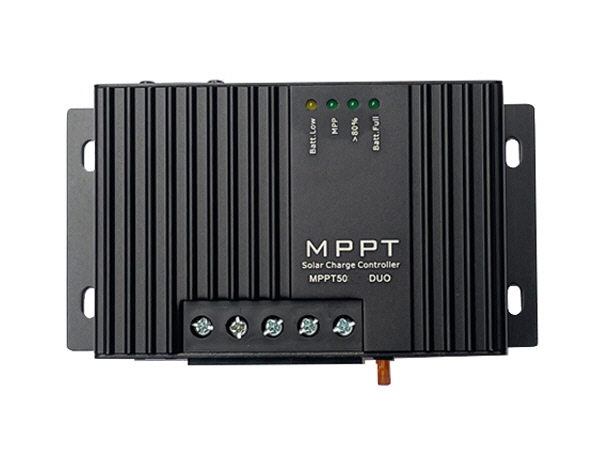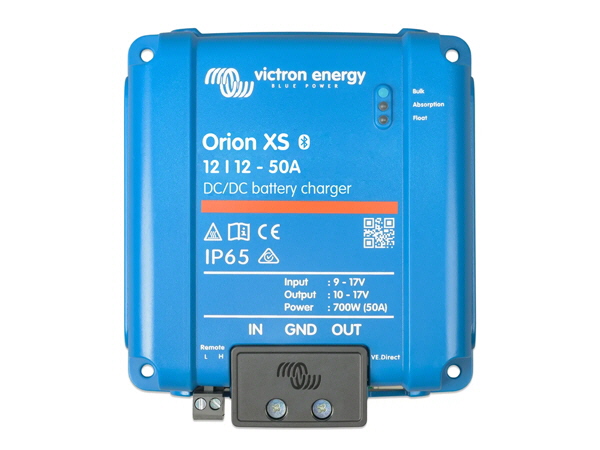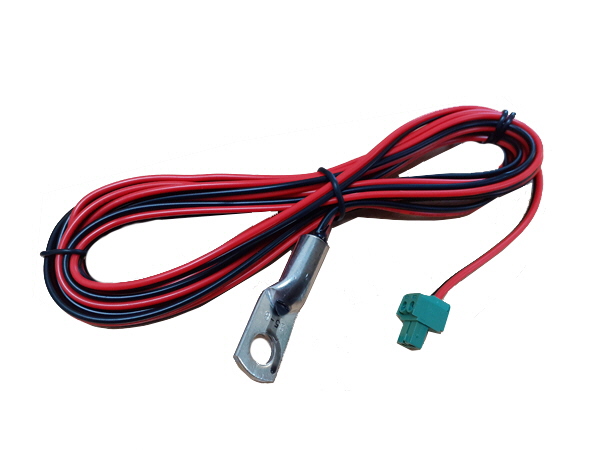Low Energy Lighting
Switching to low energy lighting is one of the easiest ways to reduce your energy consumption.
What is an LED?
A light-emitting diode (LED) is a semiconductor device (LED chip) that emits visible light when an electric current passes through it - essentially it converts electricity into light. When one or more LED's are combined with an electrical driver and placed in a housing unit, you have a complete LED system.
Benefits of LED Lighting
Long-life- LED bulbs last far longer than incandescent lighting and up to 10 times longer than compact fluorescents.
Durability- LEDs benefits from having no filament, unlike regular incandescent bulbs that are easily damaged, LED bulbs can withstand jarring, vibration and perform well in cold weather conditions.
Cooler operation - LED light bulbs heat build-up is a lot less than incandescent bulbs.
Mercury-free- No mercury is used in the manufacturing of LED light bulbs.
Efficient- LED light bulbs use only 1/30th of Incandescent or CFL bulbs typically extending battery life by 10 to 15 times longer than with incandescent bulbs.
Cost-effective - although LED light bulbs are initially expensive, the cost is recovered over time and in battery savings.
LED lighting saves -- money, energy, and the environment.


.jpg)














 Home
Home


